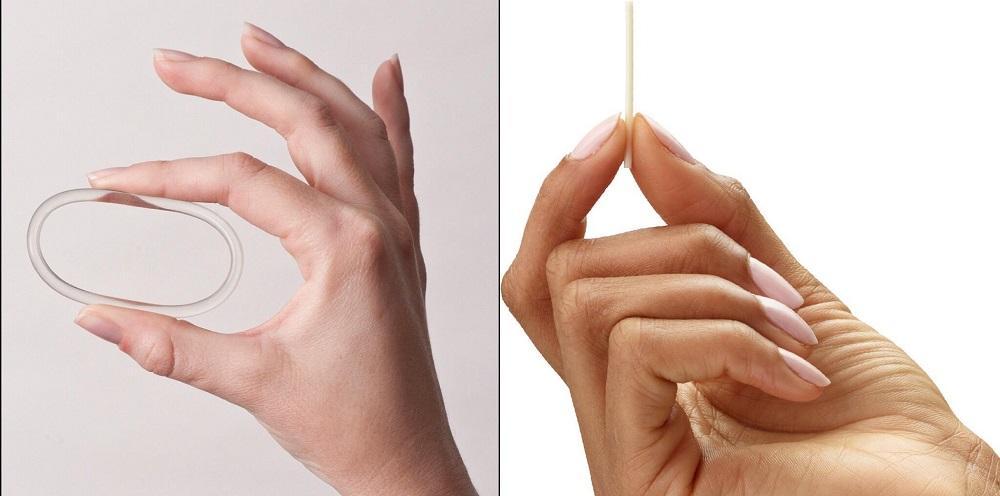
Rings and Rods (Nuvaring and Nexplanon)

NuvaRing
NuvaRing is a combined estrogen-progestin hormonal contraception that takes the form of a clear, flexible ring. It is inserted into the vagina and placed for three weeks and then removed for one week. NuvaRing is available in one size only and does not need to be fitted. Insertion can be done by the user.
Like daily birth control pills, also known as combined oral contraceptives (COCs), NuvaRing is effective at preventing pregnancy when used correctly. One major advantage with NuvaRing, however, is that it does not require daily compliance.
NuvaRing primarily works by inhibiting ovulation while also thickening the cervical mucus, preventing sperm from penetrating the upper female genital tract.
In cases of perfect use, NuvaRing is 99.7% effective. However, NuvaRing is 91% effective in cases of typical use.
NuvaRing is a great option for women who desire a contraceptive that is effective, reversible, covert, and hormonal. Vaginal rings are good options for adolescent patients who do not want the burden of remembering to take a pill every day. Compared to oral contraceptives, the transdermal patch, and progestin-only injectables the contraceptive vaginal ring is just as effective and easy to use. There is no associated weight gain or adverse impacts on bone mineral density.
The vaginal ring regulates menstrual periods in a similar way that oral hormonal contraceptives do to make periods shorter in duration, lighter in blood flow, and less painful. Certain patients may not be ideal candidates for the vaginal ring, such as those with high blood pressure. If a woman with a vaginal ring wishes to be fertile and reverse the effects of the vaginal ring, she should simply remove the vaginal ring and ovulation will resume quickly--on average in 19 days--and fertility will be restored. Vaginal ring users are generally highly satisfied with this form of contraception due to ease of use, low need for monitoring, low dose of hormones delivered, and efficacy.
Nexplanon
The etonogestrel implant, commonly known as Nexplanon, is a progestin-filled rod-shaped contraceptive implant placed in the inner upper arm, below the dermis layer of skin. It is a form of long-acting contraception that can prevent pregnancy for a recommended three years. However, data shows Nexplanon to be effective for five years in preventing pregnancy and in the United States, these implants are approved for use for five years. The implanted rod releases small amounts of etonogestrel, a progestin hormone, into the bloodstream. This prevents ovulation, effectively reducing fertility by disallowing fertilization of the oocyte by sperm. As a contraceptive method Nexplanon is 99.62% effective.
A common side effect is breakthrough bleeding which may decrease with time. Other side effects include headache, weight gain, acne, breast tenderness, and emotional lability.
Nexplanon is not recommended for women who have risk factors for thromboembolic disease. Nexplanon can be implanted and removed in a physician's office. It can be detected on X-ray if it is difficult to locate by the physician. In obese patients there is a risk that the implant may shift location.
You Might Also Enjoy...


The Benefits of PRP for Urine Leakage: A Natural Solution for Lasting Relief

Female Orgasm Difficulty: Treatment and Causes

How To Reverse Menopausal Belly: The Do's and Don'ts

8 Important Signs That Your Hormones Are Low

